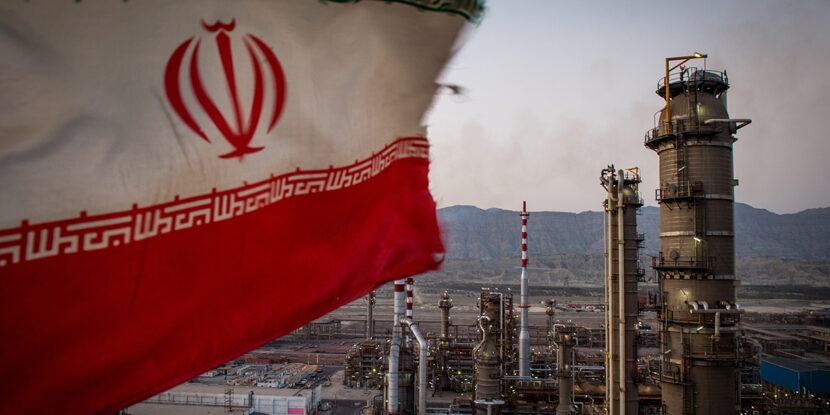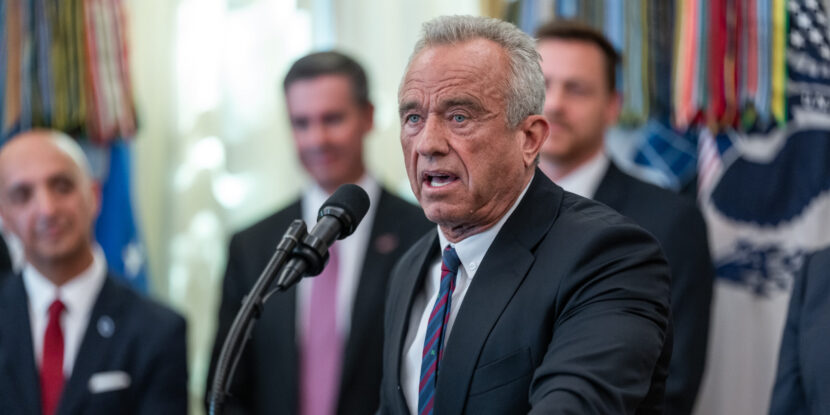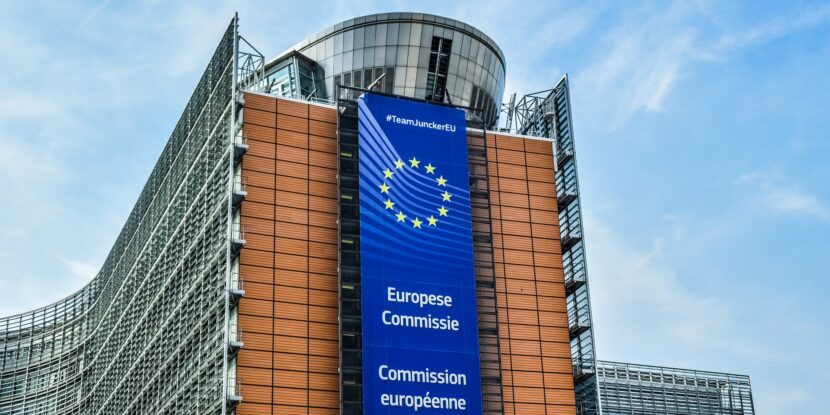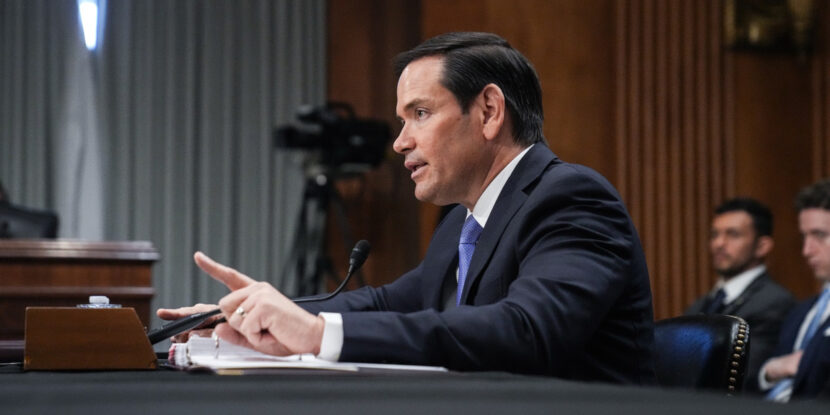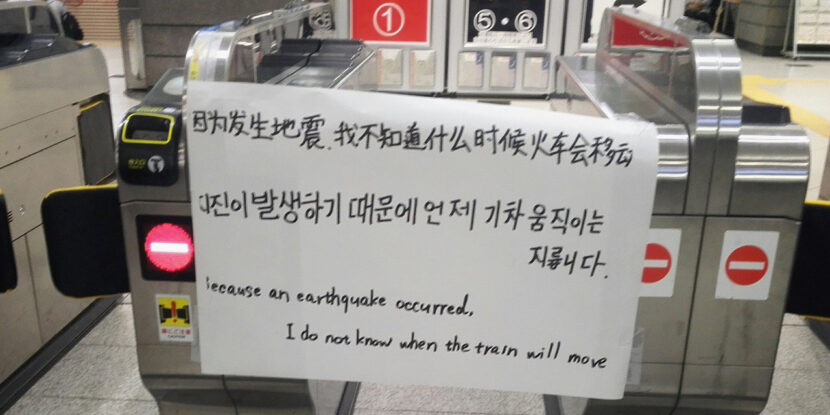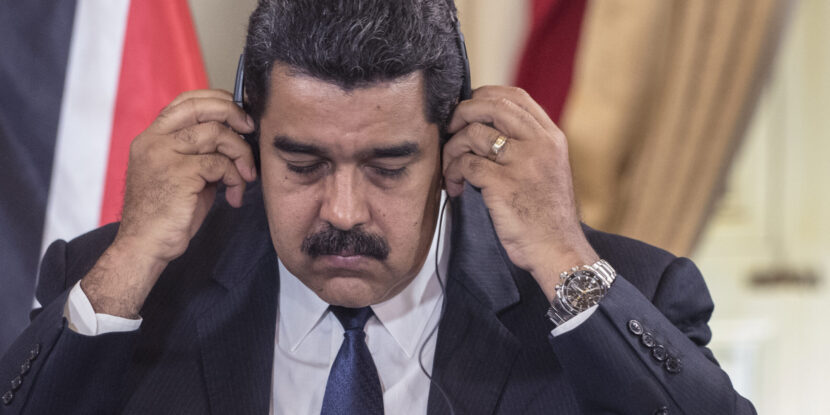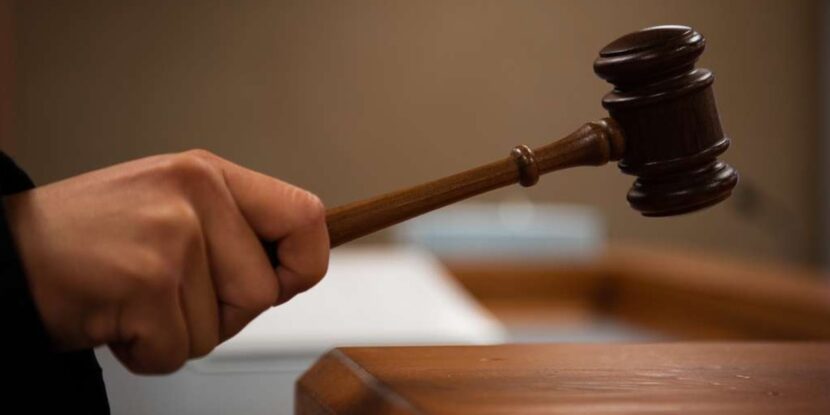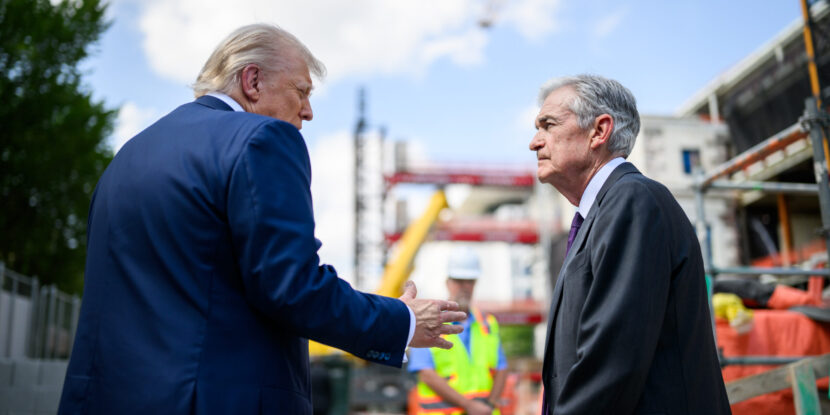Mohammad Eslami, Vice President of the Iranian Atomic Energy Organization (AEOI), announced Monday that construction of a fourth nuclear reactor has commenced in Isfahan. The foundation’s concrete is being poured, and upon completion, the reactor will be used to test fuel and nuclear material and manufacture industrial radioisotopes and radiopharmaceuticals, according to state media.
The new ten-megawatt reactor is an addition to three existing research reactors at the Isfahan nuclear site and a 3,000-megawatt nuclear power plant in Bushehr — its sole operational nuclear power plant — where a second reactor based on Russian designs has been under construction since 2019.
Eslami also announced last Thursday that an entirely new nuclear power complex is being built in the city of Sirik. It is predicted to be more robust than the current Bushehr reactor, with a capacity of around 5,000 megawatts. “We must reach the production capacity of 20,000 megawatts of nuclear power in the country by the year 2041,” Eslami said during a visit to the region, suggesting Iran has every intention of continuing to increase its nuclear capabilities despite international criticism.
Iran has consistently maintained that the purpose of its uranium enrichment program is confined to peaceful civilian ends. However, some observers believe the Islamic Republic’s ultimate goal is the creation of nuclear weapons, pointing to the large reserves of enriched uranium the country has amassed. The International Atomic Energy Agency (IAEA) reported in November that Iran now possesses enough 60 percent enriched uranium to construct three nuclear bombs should they make the small step of further refining it to 90 percent.
Iran is currently the central antagonist in a proxy war against the U.S. and Israel, supporting the Houthis in Yemen and several anti-American and anti-Israeli militias and groups in Iraq, Syria, and Lebanon.
